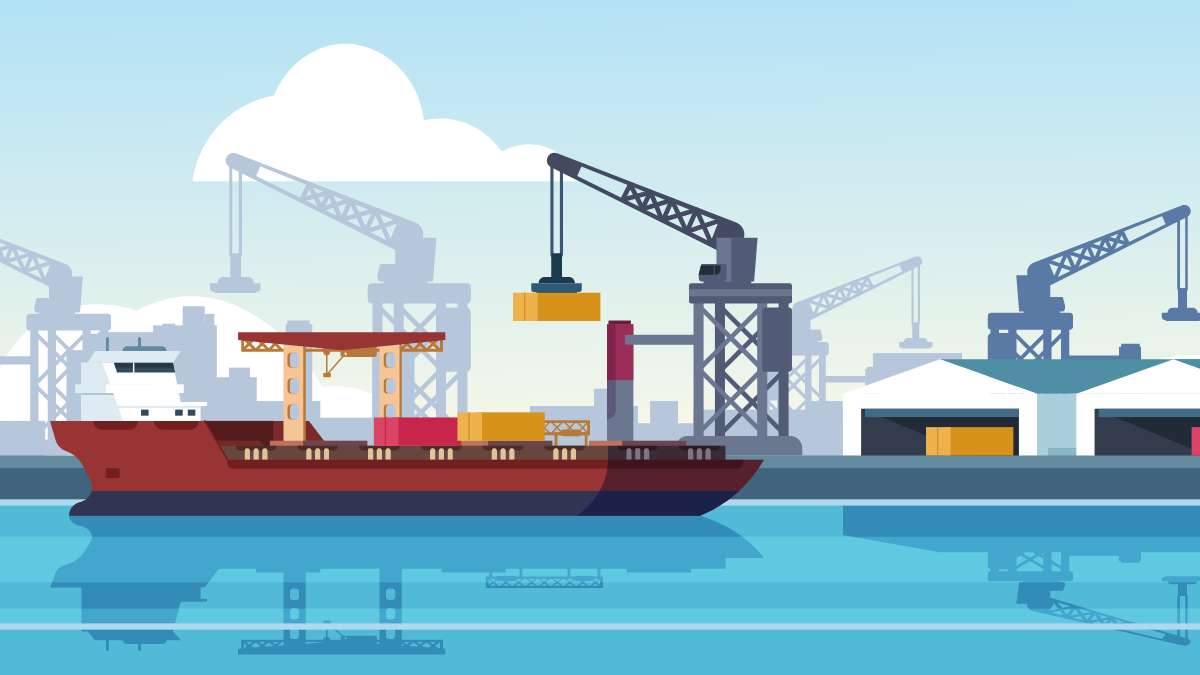When Covid brought the world to a standstill in March 2020, everyone knew there would be significant (and almost immediate) consequences for consumers and businesses. Now, more than a year and a half later, we are seeing just how significant the impacts of the pandemic have been.
While many businesses shuttered their doors in those early weeks of Covid restrictions, most commerce moved online. As a result, the logistics of moving incredible amounts of goods across the globe became increasingly stressed. As the Covid pandemic persists, the shipping industry continues to struggle with backlogs and delays.
Why are there still so many delays?
Even though many businesses have been able to reopen their doors with some adjustments, the burden of so much online shopping continues to cripple the shipping industry. A significant number if imports enter the U.S. from Asia on massive container ships. The ports at Los Angeles and Long Beach see the most traffic and since the pandemic, have seen unprecedented numbers of cargo ships.
When the cargo ships enter these busy ports, they must adhere to several time consuming Covid protocols. According to Erik Olson of Popular Science, “officials noted that every shift change for port workers requires new protocols, including the cleaning of crane compartments and equipment, daily health screenings for staff, and other inefficiencies caused by social distancing measures.”
If even one member of a cargo ship’s crew tests positive, it can mean the entire ship must turn around, and get a new crew before being able to unload the ship. This can sometimes means weeks and months of delay costing millions.
Considering that many ports outside the U.S. have similar protocols in place, it’s not difficult to understand why the supply chain continues to suffer. Container shipping delays are creating headaches for nearly all businesses.
How bad is it?
The early days of the pandemic witnessed shortages of paper products like toilet tissue and paper towels, as well as some food supply shortages. Although many of those initial supply chain shortages have been rectified, shipping delays are part of the new normal.
As of September 2021, the wait time to get into the ports of Los Angeles and along Beach was around 8 days — longer than any other time in history. The unprecedented delays only seem to be getting worse.
Compounding the problem of lag time getting into busy ports, is the fact that the number of ships waiting to enter is so long, some have been ordered to simply drift while they wait —an incredibly costly option. The line of ships waiting to unload and dock has been up to 40 miles long. Some ships are drifting into waters too deep to anchor.
Another reason for the dramatic container shipping delays is because the size of cargo ships has increased. Ships can now stretch a width of twenty containers or more. These massive container ships require significantly more manpower to unload and maneuver through ports. This not only means more people to move goods, but also means more people who have to sanitize and meet all the Covid restrictions before, during, and after unloading the massive sips the size of some cities.
How businesses and consumers are adjusting.
Because of the prolonged shipping delays, both businesses and consumers have had to make adjustments. It’s not just inconvenient to have to wait for goods, the delays are also expensive which is not good for anyone. According to a September 2021 article in Business Insider, “shipping prices between the [the U.S. and Asia] have jumped 500% from this time last year.”
One of the ways businesses are adjusting to the delays is by passing off the increased costs to consumers. Many businesses have had to forego one or two day shipping guarantees and have had to charge more for shipping.
Meanwhile, consumers, who’ve grown accustomed to waiting until the last minute to shop, have had to rethink when and how they make their purchases. Many online shopping purchases now require some advanced planning. With the holidays just around the corner, this means consumers should spend some time now thinking about the gift ideas and purchasing logistics.
Prepare now for holiday shopping
Whether you are staying home and hosting or traveling for the holidays, early holiday shopping is a must this year. You should also give ample consideration to who you need to buy gifts for and whether those gifts need to be shipped. Because you’ll likely be incurring some additional shipping costs this year, save where you can.
DollarDays has some incredible wholesale deals on gift ideas like clothing, toys and games, as well as a robust holiday section catered to all your holiday needs. You don’t have to scrimp on gifts the whole family will love with DollarDays’ incredible quality items at incredible prices.
Many industries are encouraging consumers to start shopping now. Steve Pasierb, the president and CEO of The Toy Association said, due to lower than normal inventory, “if there’s a must-have item on your child’s wish list, we are encouraging families to shop early for toys to ensure that you’ll be able to deliver on those coveted gifts.”
Don’t wait until it’s too late. Shop now to stay on top of ever changing delay times and prices.
While many of us have gotten close to returning to pre-Covid activity, there are still some notable changes. Online shopping continues to suggest the economy is growing, shipping delays are still significant. Consider opting for longer delivery times to cut back on fees and remaining patient while you wait. Also remember to shop early so you’re not left scrambling and adding even more undue pressure on this already stressed shipping industry.
Source: https://www.snyderdiamond.com/Why-Are-Lead-Times-Still-So-Long
